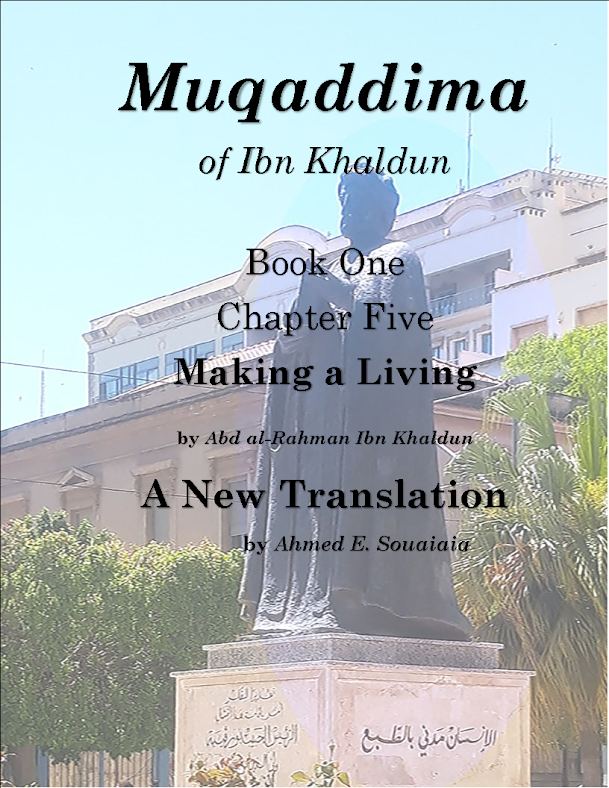Visit Afghanistan's 'Little America,' and See the Folly of For-Profit War
Saturday, June 02, 2012
No comments
by David Rohde
First with an ill-fated Cold War-era project and now with the war today, Helmand province has been the source of enormously lucrative private contracting that has done little to improve peoples' lives.
Eight years ago, a 72-year-old American aid worker named Charles Grader told me a seemingly fantastical story. In a bleak stretch of Afghan desert that resembled the surface of Mars, several dozen families from states like Montana, Wisconsin and California had lived in suburban tract homes with backyard barbecues. For 30 years during the Cold War, the settlement served as the headquarters of a massive American project designed to wean Afghans from Soviet influence.
American engineers oversaw the largest development program in Afghanistan's history, constructing two huge earthen dams, 300 miles of irrigation canals and 1,200 miles of gravel roads. All told, the project made 250,000 acres of desert bloom. The town, officially known as "Lashkar Gah," was the new capital of Helmand province and an ultra-modern world of workshops and offices. Afghans called it "Little America."
Intrigued, I hitched a ride to the town with Grader a few weeks later. A weathered New England blue blood, Grader was the last American to head the Kabul office of the U.S. Agency for International Development before the 1979 Soviet invasion. In 2004, he was back in Afghanistan working as a contractor, refusing to retire just yet and trying, it seemed, to do good.
From the moment we arrived in Lashkar Gah, I was transfixed by Little America, its history and its meaning. At enormous cost, a sweeping American Cold War effort had temporarily eased the destitution of one corner of Afghanistan but failed to achieve its lofty goals. Surveying the town, I desperately hoped America could do better.
Over the next eight years, an epic tragedy unfolded in Helmand. All told, 858 American and British troops have died in the province since 2001 - nearly twice as many as in any other Afghan province - and the U.S. and British governments have spent billions of dollars in a province twice the size of Maryland with a population of 1 million. Hundreds of foreign contractors arrived to train Afghan police, farmers and government officials as well.
A clear pattern emerged. When massive international efforts were made, real progress emerged. The provincial capital and other large towns in central Helmand grew more secure and thrived economically, and narcotics cultivation dropped by one-third. But in isolated rural areas poverty, corruption and Islamic conservatism defied a scattershot American effort. As American and British forces prepare to withdraw next year, Afghans fear that the gains will crumble.
Over the course of four years, from 2004 to 2008, I visited Helmand roughly every six months. I embedded with American military units but found myself drawn to the American civilian effort again and again. Creating a crude but functioning Afghan economy, government and schools, it seemed, was the key to long-term stability.
In the end, Helmand proved tragic. I met dozens of well-intentioned American and Afghan civilians who found themselves trapped in a system marred by inconsistency, short-term goals and a focus on American - not Afghan - priorities. Speed, visibility and American political needs ruled. Patience, complexity and deference to Afghans were shunned.
Instead of triumphing, many of the Americans I met there ended up dejected, confused and cynical. What happened in Little America - and what it says about America's place, role and future in the world - haunts me as well.
read more >>






























